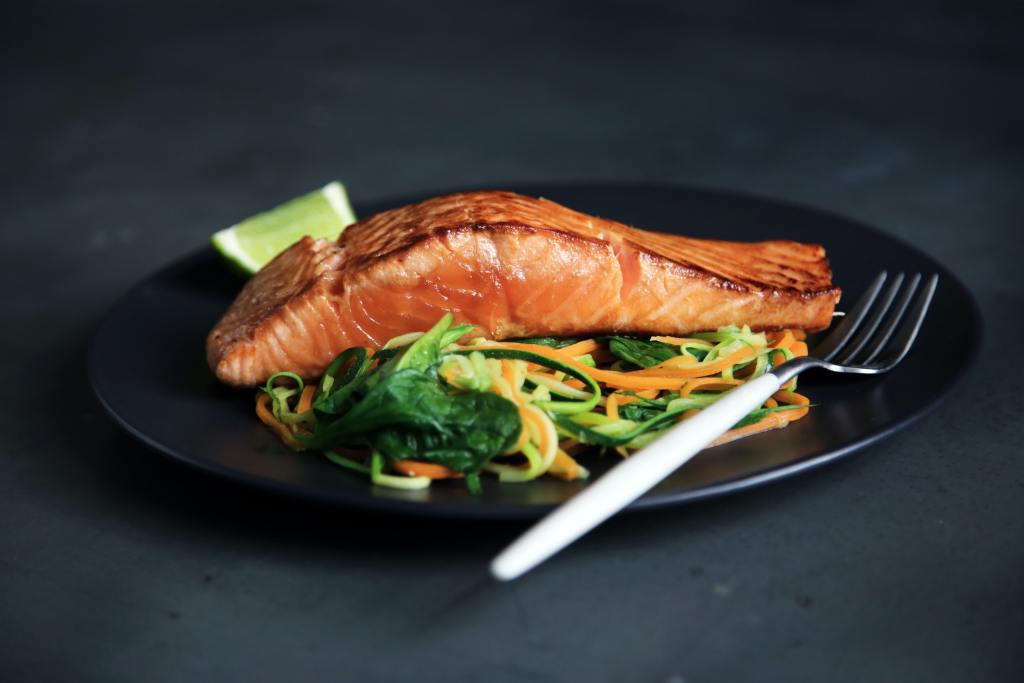This is the web version of our Weekly Spoon newsletter. Subscribe today to get the best food tech news delivered to your inbox each week.
My wife always tells me to be in the moment. To be present. But even though I am enjoying my summer so far, I really can’t help but get excited for next summer. In particular, I’m excited for backyard barbecues next year because grills are about to get smarter and more connected, so I can spend more time socializing and less time with a spatula in hand babysitting those burgers.
Spurring this excitement for the 2022 grill season is news this week that Traeger Grills bought connected thermometer company MEATER. Terms of that deal were not disclosed but it is the second acquisition we’ve seen in the grilling space this year following Weber’s acquisition of smart oven maker June back in January.
I should say that while I’m a suburban dad, I’m not a big grill guy. I’m not good at it and don’t really enjoy it, so I like the idea of a smart grill taking over the work for me. I’ve used the Traeger WiFire smart pellet grill on more than one occasion, and it allowed me to make delicious ribs and briskets, thanks to its mobile app with remote monitoring and temperature control.
Now that Traeger bought MEATER, I look forward to seeing how the grill maker will implement that technology in future products. In particular, I’m curious to see what MEATER’s design team can do for Traeger. Traeger’s app is… fine. But MEATER’s is more visually appealing, more robust, offers more data and in my previous experience, is more stable. Marrying MEATER’s user experience with Traeger’s hardware will elevate the connected grilling experience even further.
But I’m also looking forward to early 2022 to see what Weber will do with the JuneOS. We got a taste of what’s to come earlier this year when Weber released its first grills that incorporated June’s technology. Those grills provided more precise temperature control and some guided cooking. But what those grills lacked was the automated cooking that you get with the June Oven.
I own a June and love it. My family literally uses it multiple times a day, every day. The reason we cook with it so often is because you can just load food into it and tap a button. The automated cook programs cycle through the various heating elements, adjusting the temperatures.
I would love to extend that automation to the outdoor grill, though that might be a tough ask. Part of the allure of grilling is cooking with an open flame, and precise control over fiery charcoal briquettes doesn’t seem possible. I’m hoping/betting that there is something Weber and June can do through a combination of electric heating elements and perhaps wood pellet control. If they can, we’ll most likely see something along those lines in grills early next year.
Perhaps I am alone in these smart grill dreams. Shifting burgers and hot dogs around on a grill (perhaps with a beer in one hand) is a longstanding tradition that many people probably wouldn’t want to give up. But if we can get smart grills to market next summer, well, those barbecues will be something that I will definitely be able to enjoy in the moment.

More Headlines
Instacart Appoints Fidji Simo as its New CEO – Simo was previously Vice President and Head of the Facebook app at Facebook.
Wells Fargo Picks 5 Indoor Ag Companies for Its Latest Innovation Incubator Program – Companies chosen for the program include Atlas Sensor Technologies, GrowFlux, and Motorleaf.
Instawork Raises $60M to Connect Local Businesses with Hourly Workers – The company says its platform finds professionals work in less than 24 hours with shifts paying an average of $18 an hour.
Beyond Meat Launches Plant-Based Chicken Tenders at Restaurants Nationwide – The new chicken tenders are made from faba beans and pea protein.
























